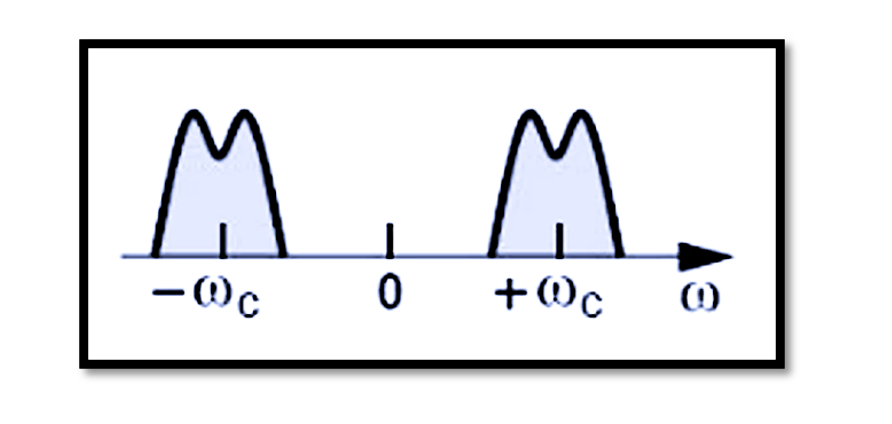
Demodulation: Unlocking the Message Hidden in High-Frequency Signals
In communication systems, demodulation is the key to retrieving the original message from a high-frequency, modulated signal. This process essentially reverses modulation, separating the carrier wave from the information-bearing signal. Imagine a scenario where a voice message, now embedded in a high-frequency passband signal, is received by an antenna. The receiver processes this incoming signal, but if we tried to listen to it directly, we wouldn’t hear anything meaningful. This is because the frequency of the received signal is too high for the human ear or for direct processing.
Why Demodulation is Essential
The core function of demodulation is to convert the high-frequency passband signal back to its original low-frequency baseband signal. By doing this, we effectively “unlock” the original message. In simple terms, demodulation brings the frequency down, making it possible to interpret or listen to the actual message embedded within the signal. In a typical setup, on the left side, we have the modulated signal, which combines the original signal with a carrier frequency. By applying demodulation, we strip away this carrier and retrieve the baseband signal on the right side, ready for playback or further processing.

To understand demodulation better, let’s consider how it functions within a GSM (Global System for Mobile Communications) network. GSM is a widely used standard for mobile communication, and it relies heavily on modulation and demodulation to facilitate clear, interference-free communication.
In a GSM network, there are two main frequency bands:
- Uplink (890 to 915 MHz): This range is used for uploading data from the phone to the cell tower. Here, the transmitter shifts the frequency of our baseband voice signal up to fit within this high-frequency band.
- Downlink (935 to 960 MHz): This band is used for downloading data from the tower back to the phone.

Imagine a conversation taking place over a GSM network. First, the voice signal is in baseband form—a low-frequency spectrum carrying the original sound. During transmission, modulation is applied, lifting this signal to fit within one of the uplink channels. For example, each channel might have a frequency as high as 890 MHz or more. The modulated signal, now in the form of a passband signal, can be sent to the tower without interference from other conversations. Through modulation, the baseband signal is transferred to a much higher frequency, making it compatible with GSM’s designated channel frequencies and enabling it to reach the cell tower for further transmission.
How Demodulation Works in the GSM Downlink
In GSM, downlink is the process of receiving data from the network to the mobile phone. This involves demodulating the received signal to retrieve the original message. The downlink frequency range for GSM typically spans from 935 MHz to 960 MHz, with each channel allocated within this high-frequency band to ensure distinct, interference-free communication.
Let’s walk through what happens in a downlink scenario. Imagine a voice call where a signal has already been modulated and sent to the cell tower. The tower then transmits this modulated signal to the receiving phone, where it’s within the downlink frequency range. Upon receiving this high-frequency signal, the phone performs demodulation to bring it back to the baseband frequency. This demodulation process in the phone converts the high-frequency signal back into a form that carries the original voice message, making it audible and clear. The process involves shifting the signal back down from the passband, removing the carrier frequency, and isolating the original message signal.

Managing High Traffic in GSM Channels
Given that GSM typically allocates around 124 channels for both uplink and downlink, a natural question arises: how can millions of users talk simultaneously when there are limited channels? The answer lies in advanced techniques beyond basic modulation and demodulation, such as frequency reuse, time division, and multiplexing. These allow multiple conversations to occur within the same frequency bands without interference, making GSM highly efficient despite its limited spectrum allocation.

Learn more about this topic by taking the complete course ‘Introduction to Modulation in Communication Systems Online Course – RAHRF152’. Watch the course videos for more detailed understanding. Also checkout other courses on RF system and IC design on https://rahsoft.com/courses/. Rahsoft also provides a certificate on Radio Frequency. All the courses offer step by step approach.
Tag:demodulation, GSM, Modulation



